Hello Hivers and Nature lovers, today I would like to write about a group of flowers that I think are impressive for their beauty and the complexity of their patterns. I am referring to a type of inflorescences that are commonly mistaken for simple flowers due to the high level of morphological and functional integration they present. These are the capitulum, among the best known of this type of inflorescences are daisies and sunflowers, although there is a great diversity of plants with this type of reproductive organ they are the typical reproductive structure of the plants of the Asteraceae family.
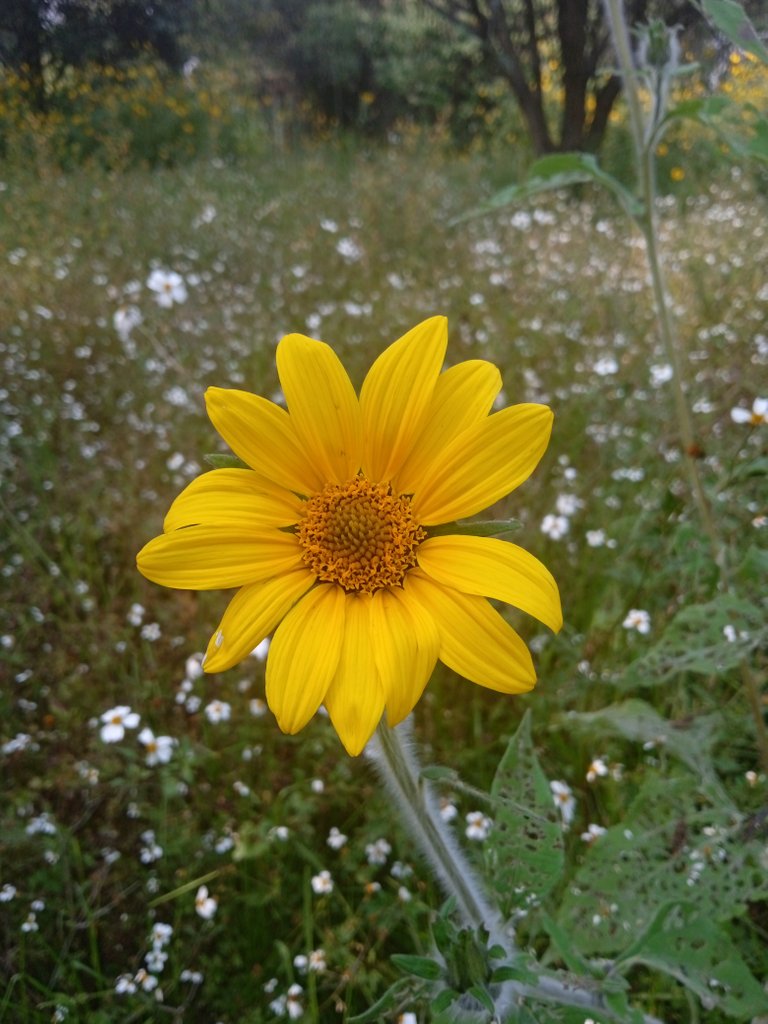
Flower or Inflorescence
Contrary to what some people believe, this type of reproductive structure is not a flower, but a group of flowers that grows close together in a modified branch that takes the name of receptacle. The flowers in the case of capitulum type inflorescences can have high functional specialization and consequently morphological modifications that facilitate their functions.

In the image above you can see a simple flower and a capitulum. If you look carefully you can see in the image on the left (which represents a simple flower) in the center has a set of structures in the form of head surrounded by the corolla of pink color, these are the male structures of the flower. However, in the image on the right towards the center what is observed is a set of small tubular structures surrounded by a set of ligule, each one of these tubules constitutes an independent flower.
Why capitulum?
According to the dictionary of botany, this term comes from the Latin word capitulum, which means capitate. Possibly referring to the shape of the receptacles or mature infructescences derived from some of these reproductive organs.
General structure
Although variety can be found in the structure of the flower heads, there are several general elements that are relatively constant in this type of inflorescence. The receptacle is the branch that carries the flower buds and supports the flowers. Only in this case it is modified into a compact structure usually in the shape of a head or cone.
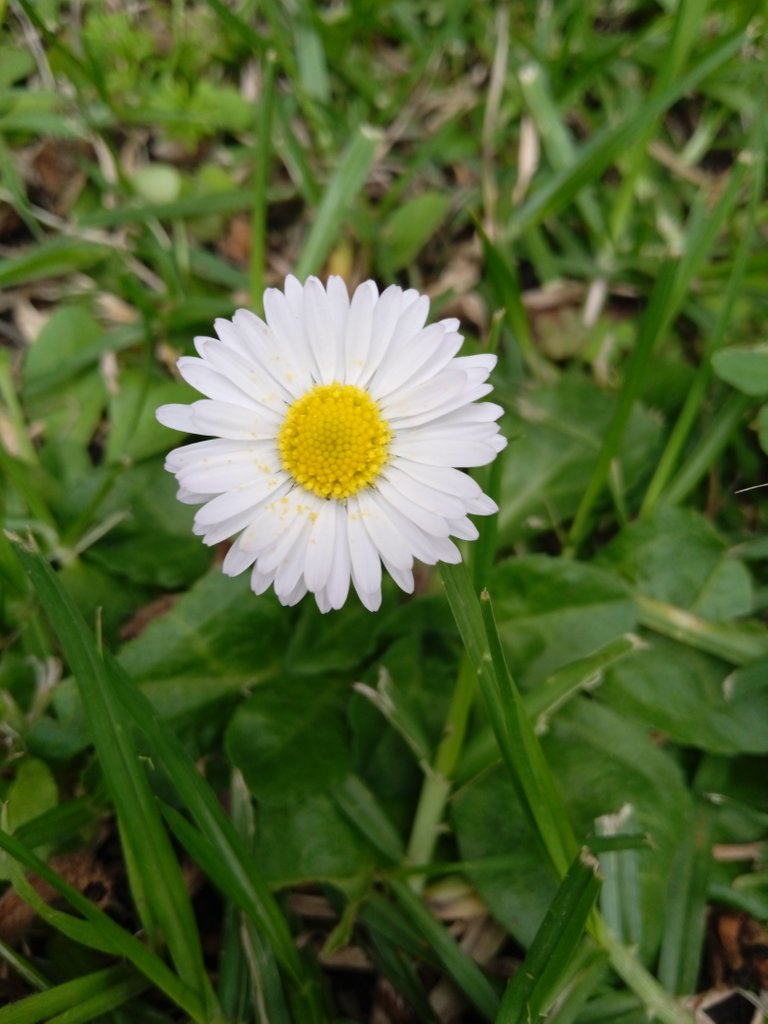
Flowers, capitula typically have two types of flowers, tubular flowers and ray flowers, although some may have sterile flowers. A commonly found pattern is that the tubular flowers are arranged towards the center of the inflorescence and the ligulate flowers towards the outer edge. The ligule flowers are usually brightly colored. The set of ligule has a structure and function similar to that of the corolla of a single flower, to attract pollinators. On the other hand, there are inflorescences in capitulum that only have ligulate flowers.
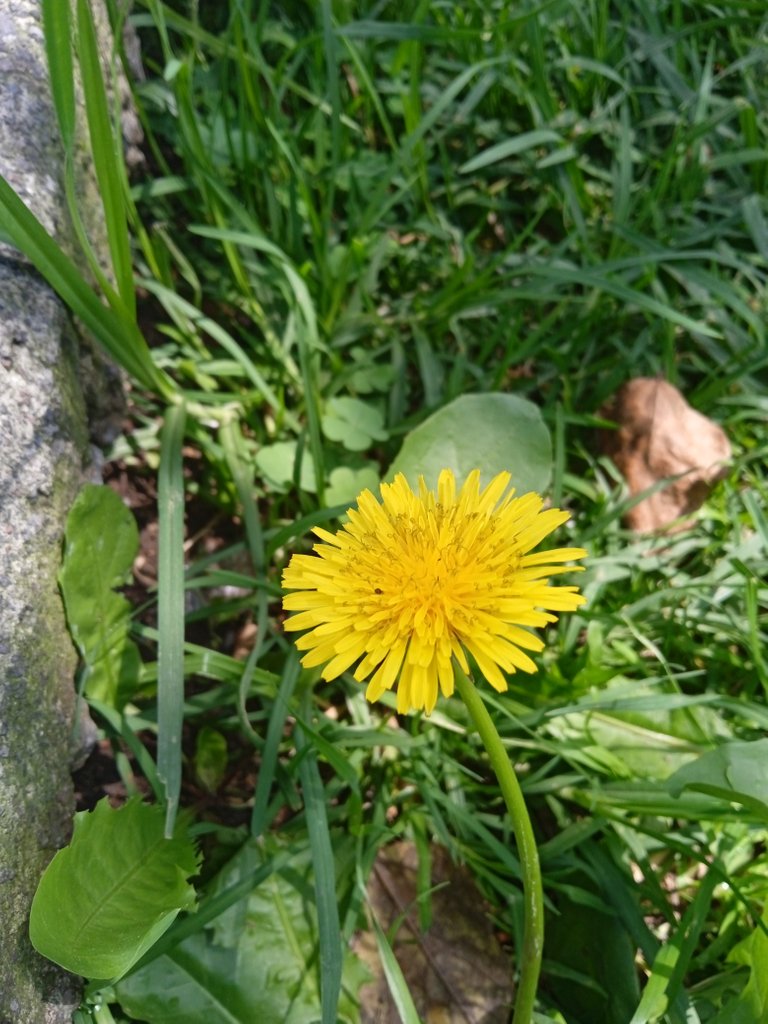
Since the flower heads are composed of independent flowers, it is common for them to open at different times, generally starting from the edges towards the center of the inflorescence. And towards the end of the life of the inflorescence when all the flowers have opened it is often easier to see that it is indeed a set of independent flowers.
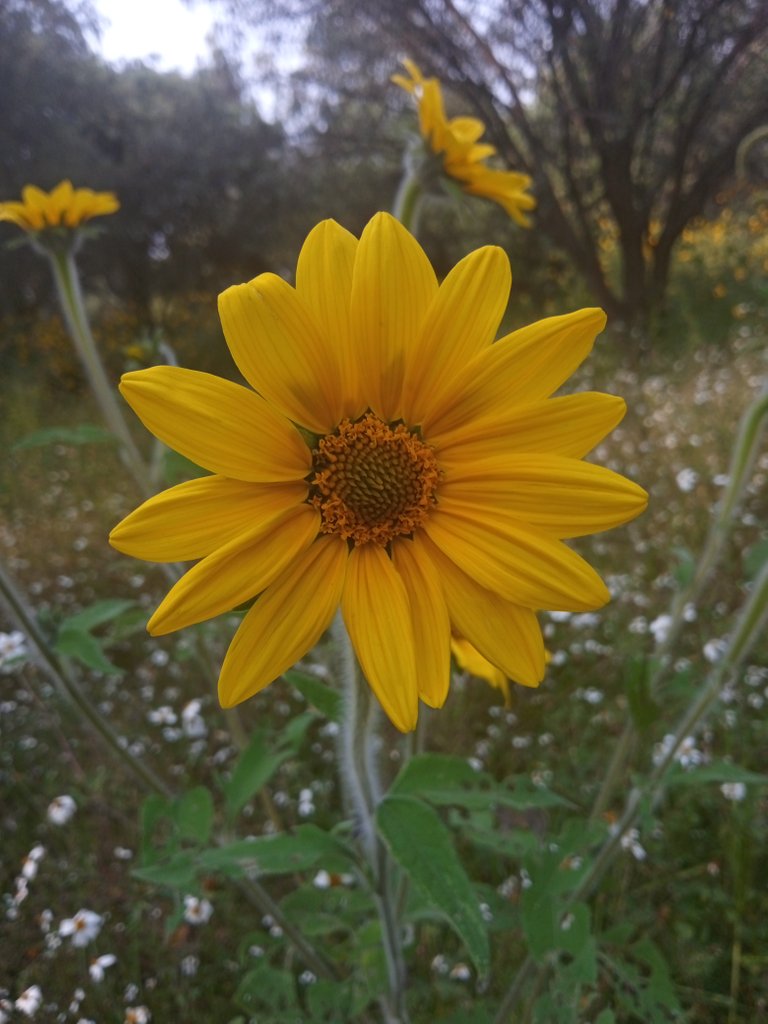
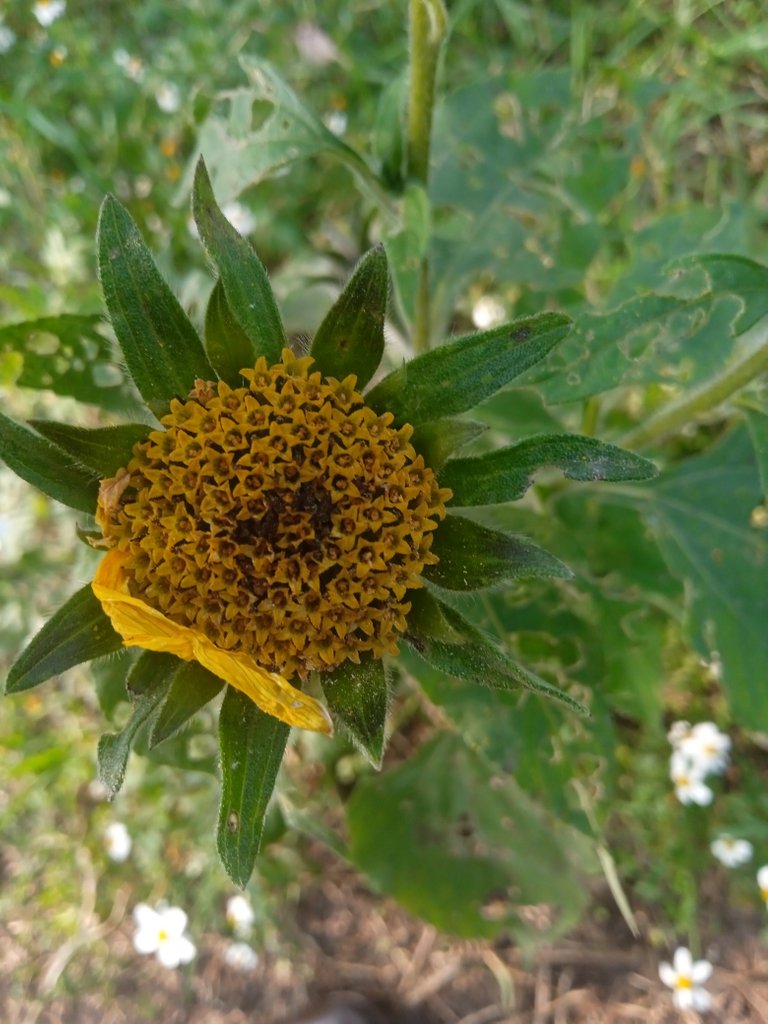
The flowers of the capitula generally produce achene-like fruits that can be naked as in the case of the sunflower or present ornamentations known as pappus.


These ornamentations are often related to dispersal mechanisms and can be in the form of hooks to attach to skin, hair or clothing.
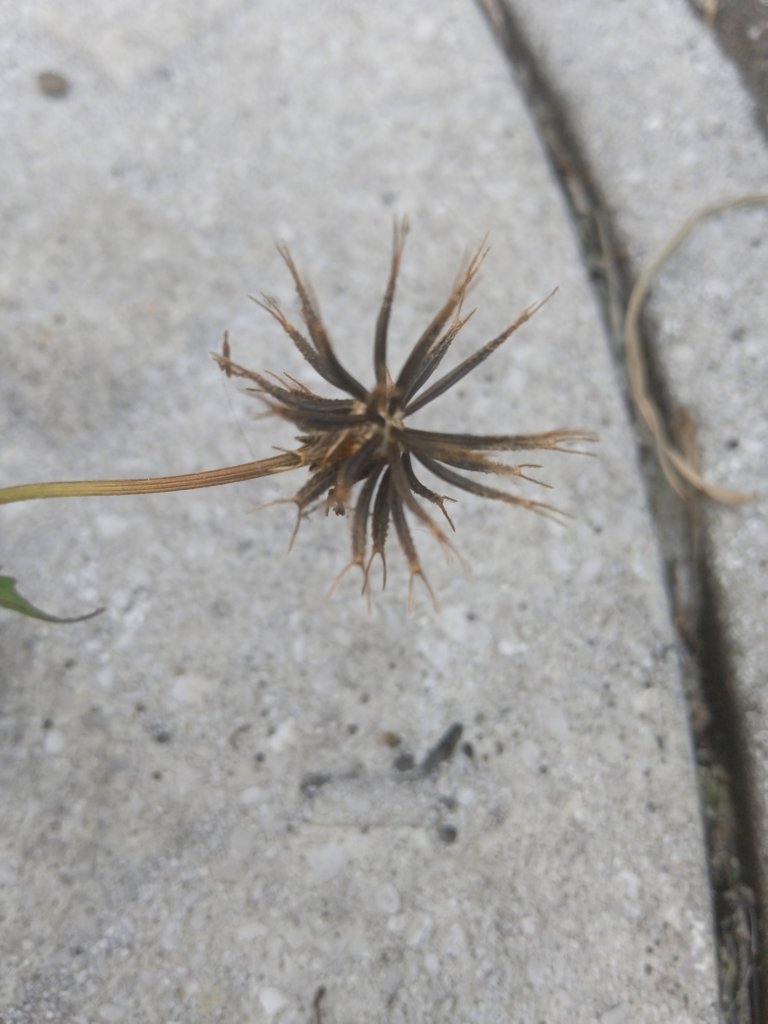
Or they can be feathery increasing air resistance so that they act like sails and are associated with wind dispersion.
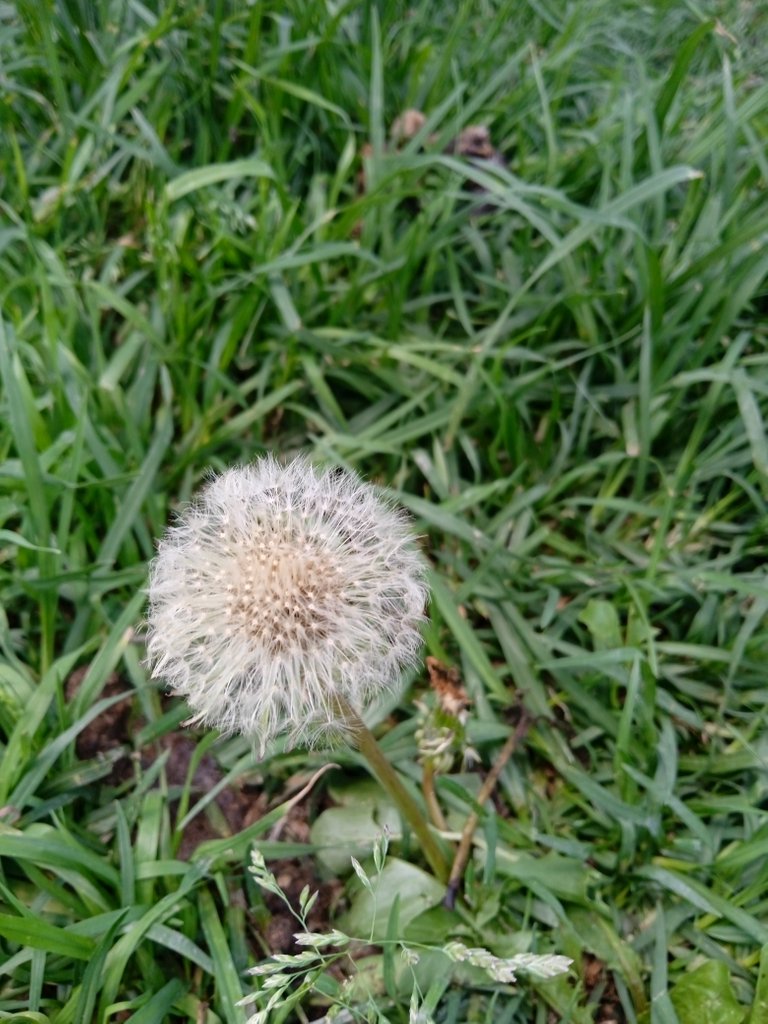
In any case, I consider that the chapters compose a set of inflorescences that are surprising for their beauty and complexity. As well as for the high level of specialization that they possess, and when they grow as a whole they can constitute quite a show.
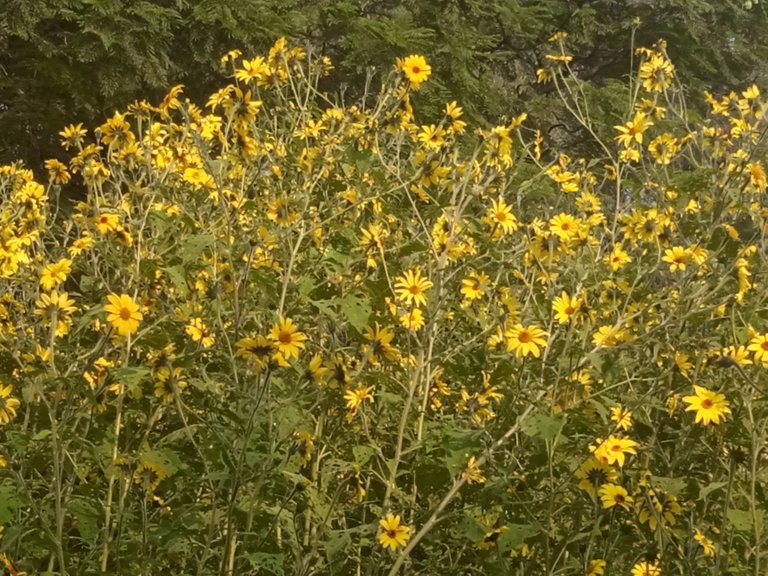
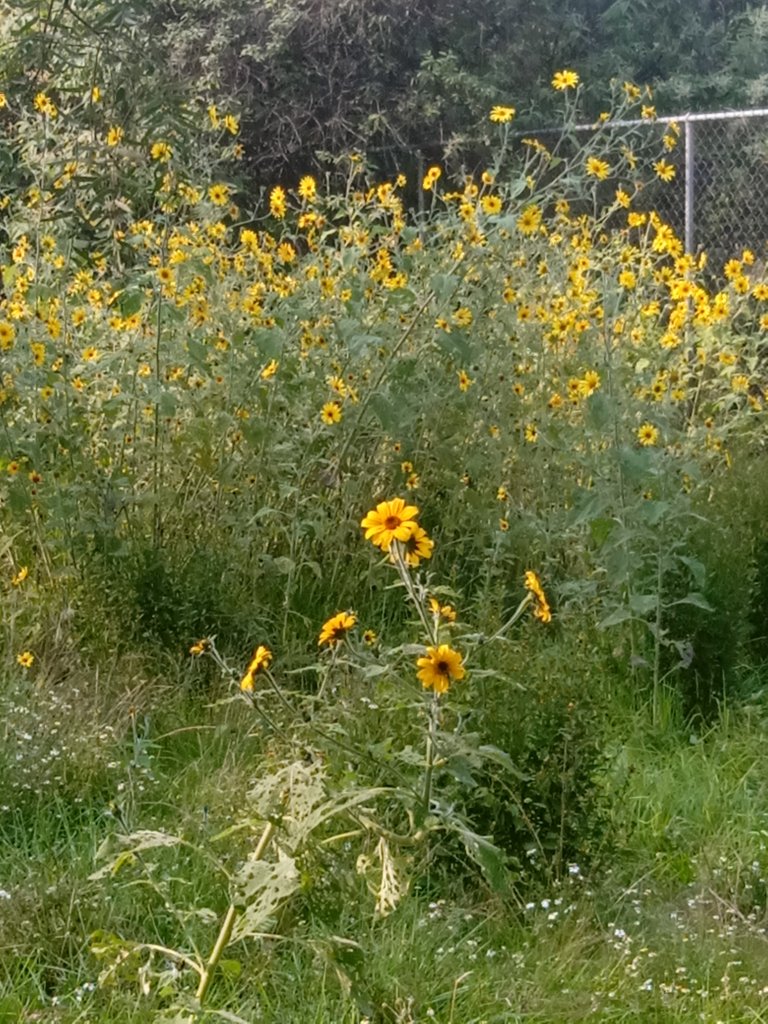
All the images were taken by the author
The second image in the post was assembled in Canva
Translated with www.DeepL.com/Translator (free version)
Thank you for entering the contest.
I hope someone reads the article by @dna, because this is truly a "scientific" observation :-)
Thanks, that was part of the idea
:-)
Greetings @gornat, thank you for the very detailed explanation of these flowers, it has been very nice to read your publication, every day you learn something new. success in the contest.
Blessings!
Thanks for your comment, it's pleasure for my if you enjoyed it
I knew the common daisy was like this but didn't know about the others. Great photos by the way.
Hi @kaazoom, yes there is an impresive diversity of this kind of inflorescence. Thanks Im glad you like it.
Yay! 🤗
Your content has been boosted with Ecency Points
Use Ecency daily to boost your growth on platform!
Support Ecency
Vote for new Proposal
Delegate HP and earn more, by @gornat.
That’s an impressive and amazing photography. Yellow flowers are so stunning in the morning.
@mich.brmey thank you, indeed, sunflowers and daisies are impressive. Pics were taken in the afternoon, but you know what they say. Dask is just a dawn looked from another point of view.
Excellent photography in great detail with each plant, flowers in the fields always add a touch of magic each performing something different in nature.
Thank you, glad you liked
Always appreciate attention to detail 😄
Congratulations on winning first place in the Amazing Nature Contest! @gornat
Thanks, it's an honor, all post in contest were of prime quality